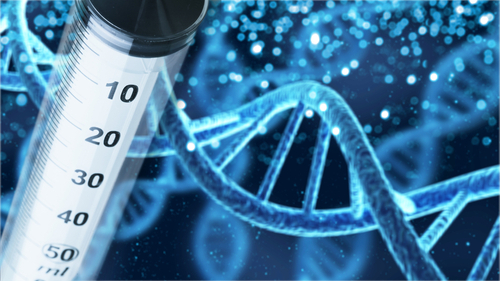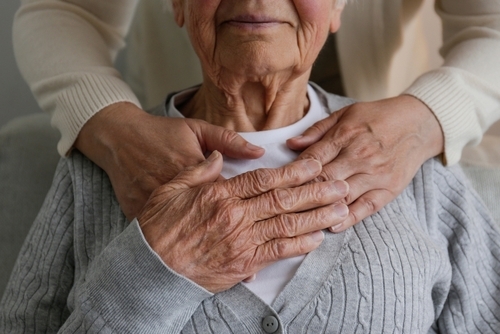Is Aging Contagious?
Aging has long been considered a personal journey—an inevitable biological process shaped by genetics, lifestyle, and environment. But recent research suggests that aging may not be entirely solitary. In fact, it might be contagious.
A groundbreaking study published in the journal Metabolism by scientists from Korea University College of Medicine and collaborators in the U.S. has identified a molecular mechanism that allows aging signals to spread from cell to cell, like an infection. The culprit? A protein called HMGB1.
The Role of HMGB1: A Cellular Messenger
HMGB1 (High Mobility Group Box 1) is a DNA-binding protein typically found inside the nucleus, where it helps organize genetic material. However, when cells become stressed or enter a state known as senescence—where they stop dividing and begin deteriorating—they release HMGB1 into their surroundings.

Once outside the cell, HMGB1 behaves differently depending on its chemical state. The researchers discovered that the “reduced” form of HMGB1, which has been exposed to low oxygen levels, acts as a potent aging signal. When healthy cells encounter this reduced protein, they begin to show signs of aging: they stop dividing, express senescence markers, and release inflammatory molecules.
In contrast, the “oxidized” form of HMGB1, exposed to higher oxygen levels, does not trigger these aging effects. Cells exposed to oxidized HMGB1 remained healthy and continued to divide normally.
From Cells to Mice: Aging in Action
To test the theory beyond petri dishes, researchers injected reduced HMGB1 into young, healthy mice. Within a week, the mice began showing signs of premature aging, including increased inflammation and cellular senescence. Blood samples from elderly humans also revealed higher levels of reduced HMGB1 compared to younger individuals, suggesting a systemic spread of aging signals through the bloodstream.
This discovery challenges the traditional view of aging as a cell-autonomous process. Instead, it supports the idea that aging can propagate through tissues, potentially accelerating the decline of nearby healthy cells.
Implications for Anti-Aging Therapies

The study opens new avenues for therapeutic intervention. If aging can be spread via HMGB1, then blocking its reduced form—or the cellular receptors it binds to—could slow or even reverse age-related decline. Early experiments showed that inhibiting the pathways activated by reduced HMGB1 improved healing and physical performance in older animals.
Dr. Ok Hee Jeon, one of the lead researchers, emphasized the significance: “This study reveals that aging signals are not confined to individual cells, but can be systemically transmitted via the blood.”
What’s Next?
While the findings are preliminary, they offer a tantalizing glimpse into the interconnected nature of aging. Future research may explore how lifestyle factors, such as diet and oxygen exposure, influence HMGB1’s chemical state—and whether interventions can modulate its effects.
In the meantime, the idea that aging might be contagious adds a new layer of complexity to our understanding of longevity. It’s not just about how we age, but how our aging might affect others—cell by cell, molecule by molecule.



